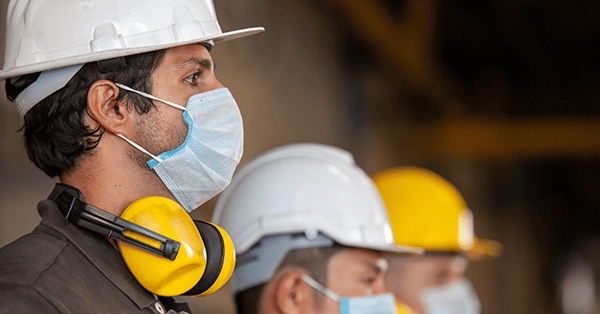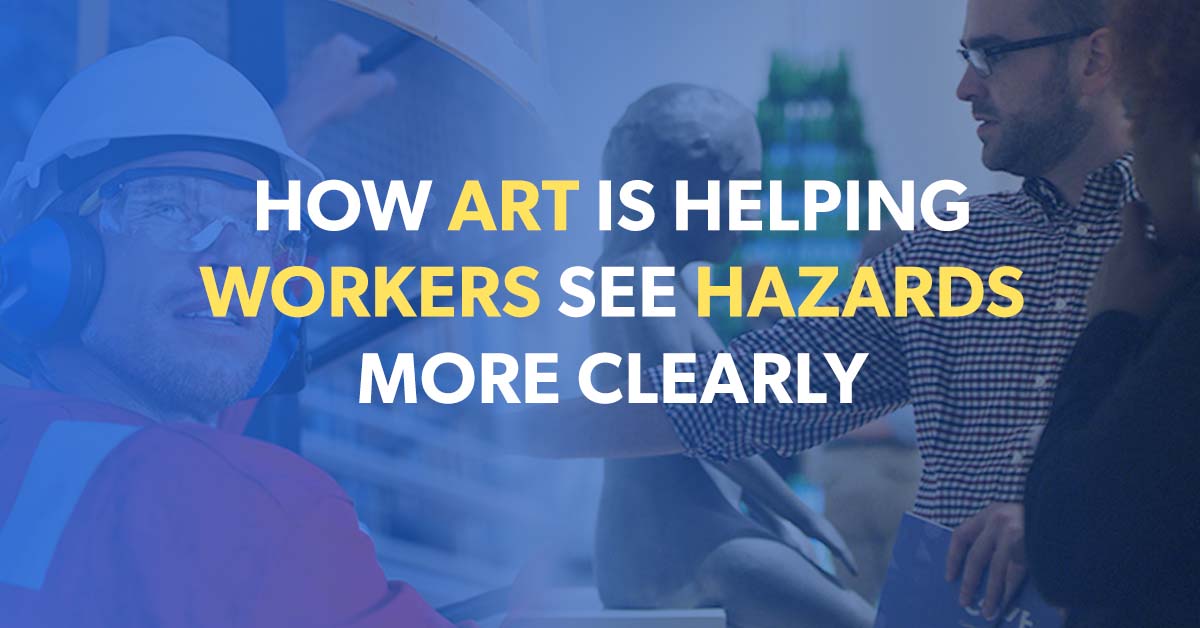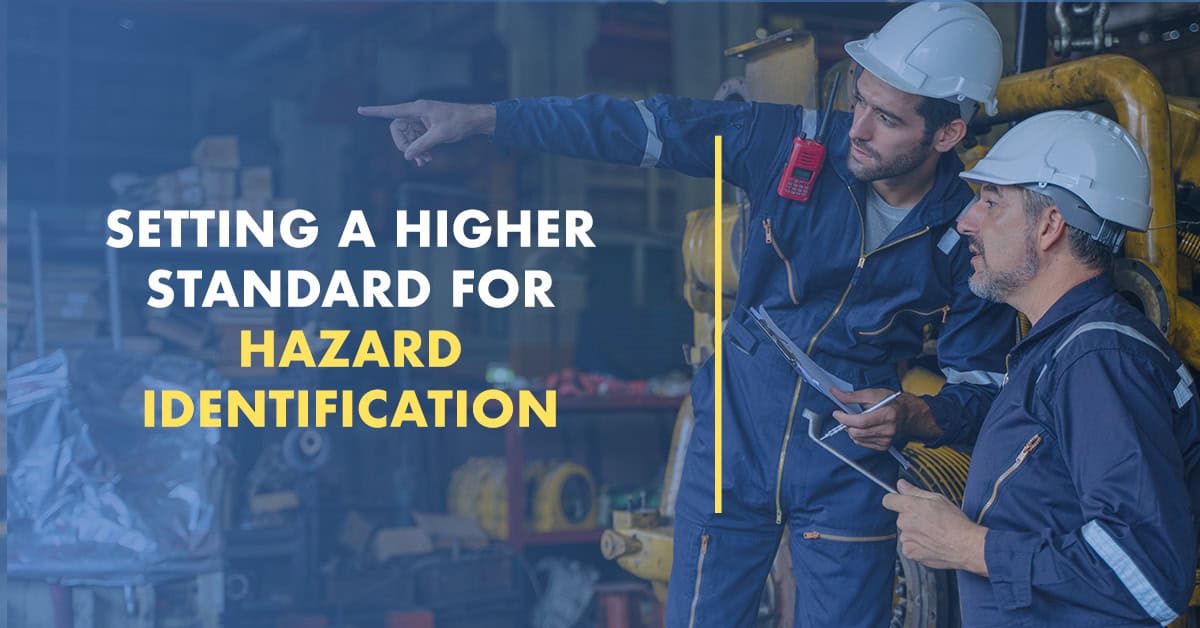Navigating the Post-Pandemic World: A Visual Literacy Approach to Safety
Everywhere you look you see information on the COVID 19 crisis. As we prepare for businesses and communities to move into the next phase of the pandemic response, many of the tasks we perform, at work, at home and even on the road, will present a different set of risks. Many will not be obvious, so we need a different set of tools to navigate this next phase in a safe and healthy manner.
Tasks that have become routine, like filling our vehicles with fuel, going to a restaurant, or shopping for groceries will have multiple nuances. We can predict many of the hazards and prepare ourselves by practicing social distancing and employing other recommendations from the CDC and other experts. Some of the hazards may result from unexpected or unplanned occurrences. This is true of many work-related tasks as well. For example, a simple task like lifting a heavy object onto a working surface may present unexpected steps. In the past, we could ask a coworker to help with the lift. We need to develop alternatives and we need to make sure we don’t introduce an unexpected risk in the process.
One of the most effective ways to manage risk is by pre-planning. Job Safety Analyses, Hazard Assessments, and other systematic tools that help us anticipate and plan mitigations for hazards have proven to have value. When something unexpected occurs, we too often rely on individual skills to augment these systematic approaches. We are all aware that no matter how diligent we are in the planning process, unexpected hazards can lead to safety incidents. This can be especially troublesome if the unexpected hazard is also ‘invisible.’ Slowing down and taking the time to interpret the situation allows us to respond appropriately to an unexpected hazard. Lack of individual skills can lead to ineffective reactions that may result in an incident, injury or exposure that could even lead to illness.
Seeing the Whole Picture®
Visual Literacy can be an effective tool for unexpected situations. If we encounter an unexpected hazard, Seeing the Whole PICTURE® is a technique that will signal us to slow down so we can observe important information in our environment. Observing surfaces, proximities to objects and people, and observing the actions of others is a very important habit to develop.
Elements of Art and the Elements of Design
The Elements of Art and the Principles of Design are also useful Visual Literacy concepts that, when used in conjunction with Seeing the Whole PICTURE®, can help us to observe our environment with a fresh lens and help us gather sufficient information related to potential hazards.
Speaking Visual Literacy
Speaking Visual Literacy combines the skills mentioned above and also gives us an additional tool that allows us to respond effectively. If we don’t take the time to select the most effective actions when we encounter a hazard, we run the risk of potentially reacting ineffectively and putting not only ourselves, but also others, at risk.
A disciplined, structured approach to observing our surroundings, analyzing the information from our observations, and selecting effective responses can help keep us safe when we encounter unexpected and, in some cases, invisible hazards.
To find out more about COVE, explore our resources, or register for a Visual Literacy Workshop.




